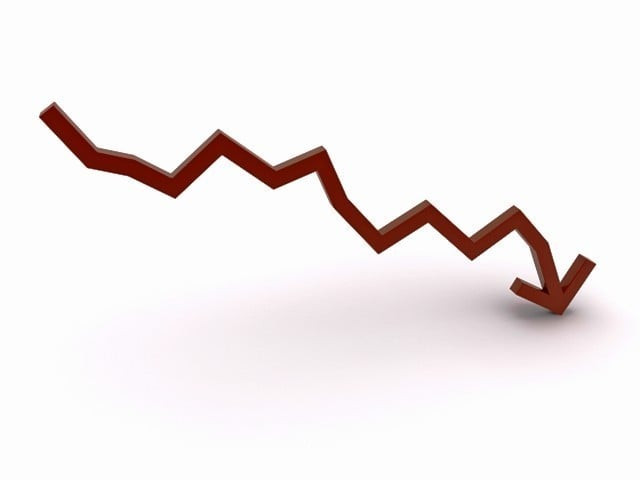
Bangladesh and Nepal also stand ahead of Pakistan with Afghanistan the only country that lags behind us. However, in projections for next year, even Afghanistan is projected to move past Pakistan. The reason why South Asia remains at an advantage in the current situation is that the region is largely an oil importer. With the global plunge in crude oil prices, the region stands to benefit immensely. While this is the ideal time for fiscal consolidation and reforms in the energy sector — which include cutting subsidies and spending the savings in investment-led projects and tackling power losses — Pakistan remains occupied with issues of terrorism and conflict. There is no denying that the country has made progress in the last few years. From its attempts to address the power crisis to increasing foreign exchange reserves out of the red zone and privatising — albeit being only able to do so with profit-making entities — the country has been steered to a slightly better position. The IMF and other bodies admit that reforms are on track. However, what stops Pakistan in moving from a situation that is slightly bearable to economically sustainable are all the cliched reasons. Low tax revenue, despite the four mini-budgets, is the biggest hindrance to growth. How do you even expect to improve if the tax revenue does not increase at the pace it is supposed to, while spending needs and wants continuing to grow? The government has only looked at increasing collection through indirect methods. It is time for it to massively reform the Federal Board of Revenue and broaden the tax net.
Published in The Express Tribune, April 16th, 2015.
Like Opinion & Editorial on Facebook, follow @ETOpEd on Twitter to receive all updates on all our daily pieces.














COMMENTS
Comments are moderated and generally will be posted if they are on-topic and not abusive.
For more information, please see our Comments FAQ